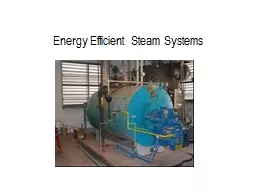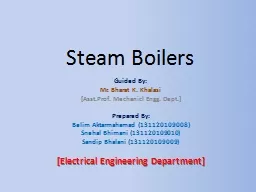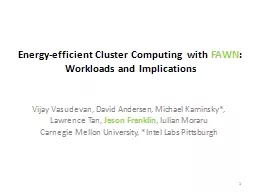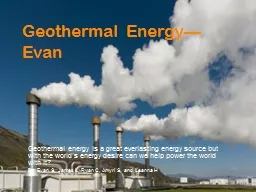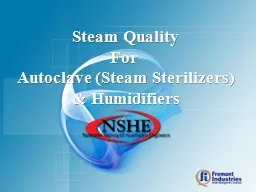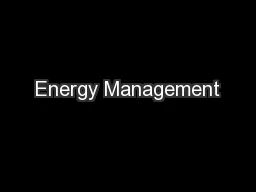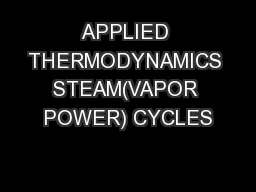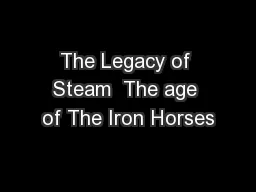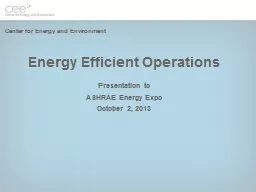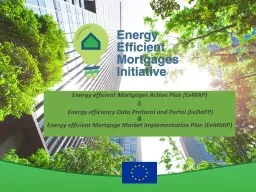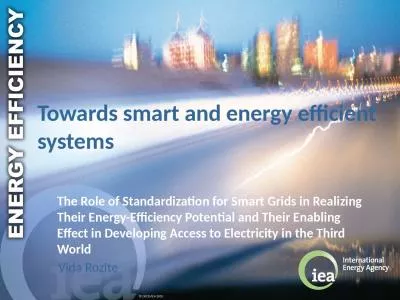PPT-Energy Efficient Steam Systems
Author : pasty-toler | Published Date : 2017-06-20
Steam Systems Steam systems most widely used type of process heating Advantages of steam Heat carrying capacity of steam much greater than air or water Steam
Presentation Embed Code
Download Presentation
Download Presentation The PPT/PDF document "Energy Efficient Steam Systems" is the property of its rightful owner. Permission is granted to download and print the materials on this website for personal, non-commercial use only, and to display it on your personal computer provided you do not modify the materials and that you retain all copyright notices contained in the materials. By downloading content from our website, you accept the terms of this agreement.
Energy Efficient Steam Systems: Transcript
Download Rules Of Document
"Energy Efficient Steam Systems"The content belongs to its owner. You may download and print it for personal use, without modification, and keep all copyright notices. By downloading, you agree to these terms.
Related Documents

